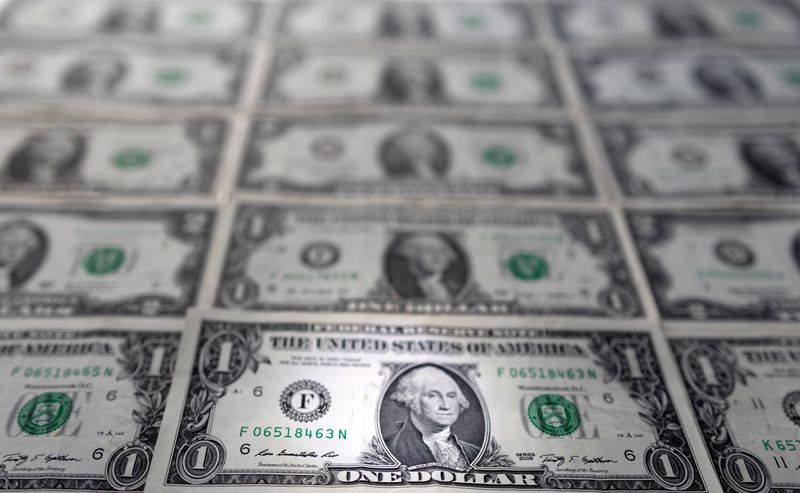Select Language

By Kevin Buckland
TOKYO (Reuters) -The U.S. dollar sank on Friday and the safe-haven yen strengthened towards a six-month peak, as traders weighed the fallout from President Donald Trump’s aggressive and far-reaching new tariff measures.
The dollar slipped toward a six-month trough against the euro prior to the release of a crucial monthly U.S. payrolls report later in the day that will offer clues to the health of the economy and the outlook for monetary easing.
Traders now predict four quarter-point interest rate cuts from the Federal Reserve in the remainder of this year, and reduced the odds of further Bank of Japan tightening to almost nil.
The risk-sensitive Australian and New Zealand dollars plunged.
Shockwaves from Trump’s harsher-than-expected tariffs were still rippling through markets more than 24 hours after being unveiled.
Stocks took the brunt of a searing selloff, driving investors to the safety of assets such as bonds and gold on fears that a full-blown trade war could trigger a global slowdown and stoke inflation.
The dollar had already been on the backfoot this year after initial euphoria over Trump’s policy agenda turned into worry that his focus on trade barriers could lead to stagflation, or even a U.S. recession.
The dollar index, a measure of the currency against a basket of six major peers, plunged 1.9% on Thursday, its worst day since November 2022, and was down a further 0.3% in the latest session.
The dollar weakened 0.31% to 145.65 yen by 0440 GMT. It slumped 2.2% in the prior session, at one point dipping as low as 145.19 yen for the first time since October 2.

